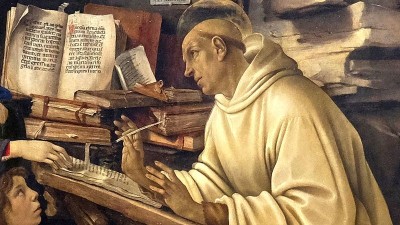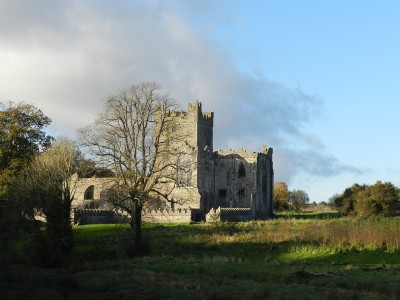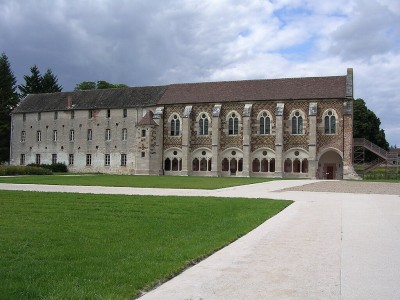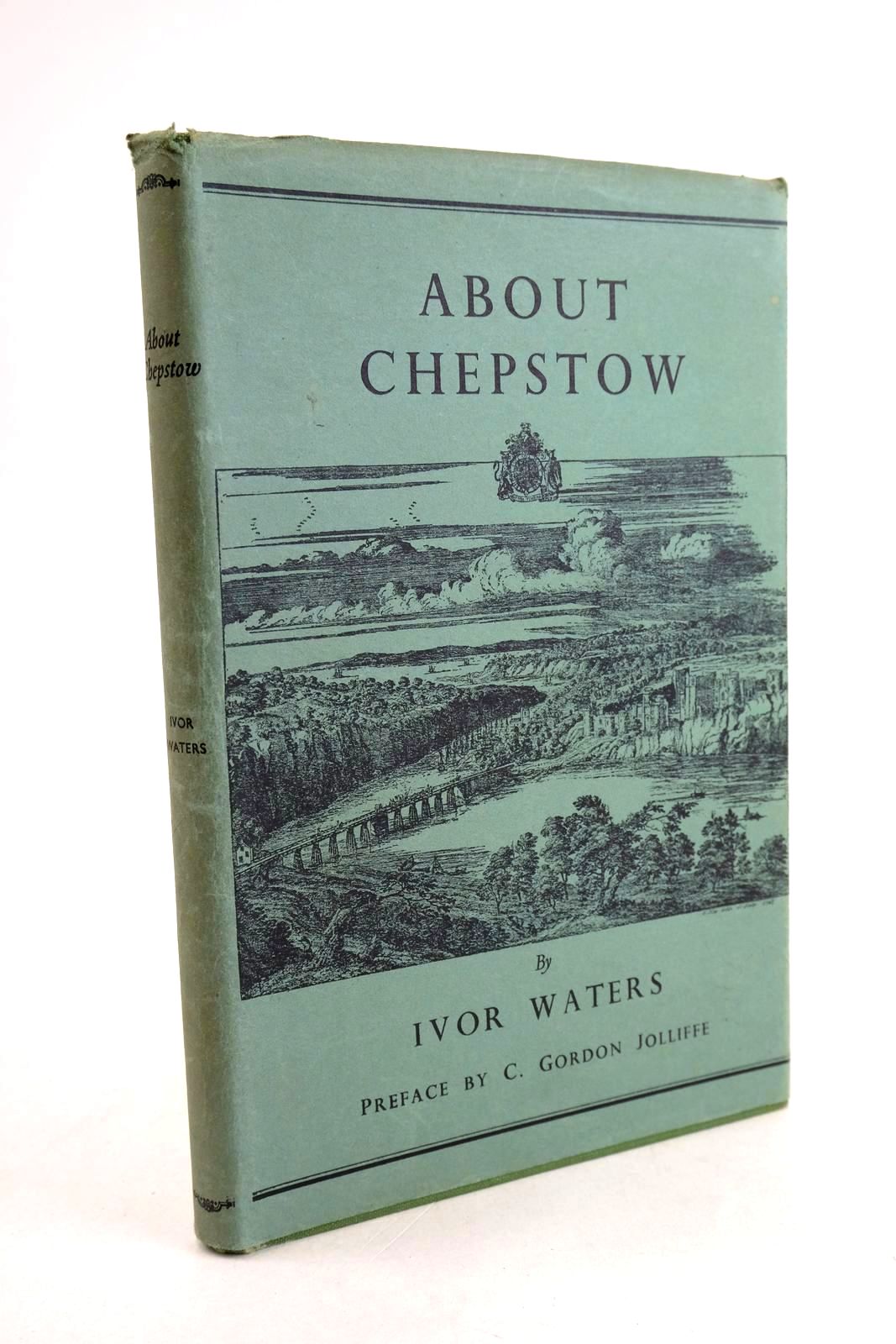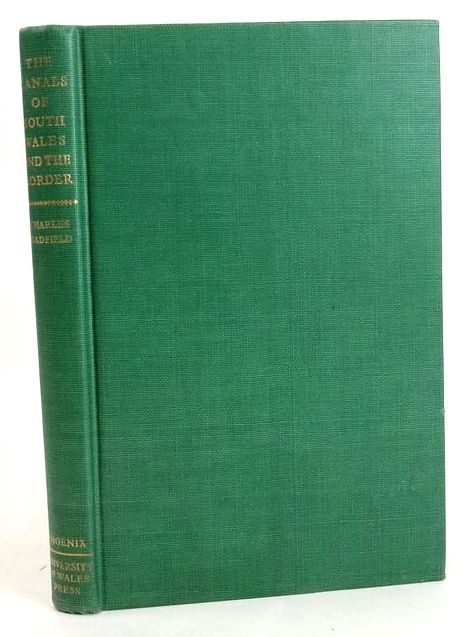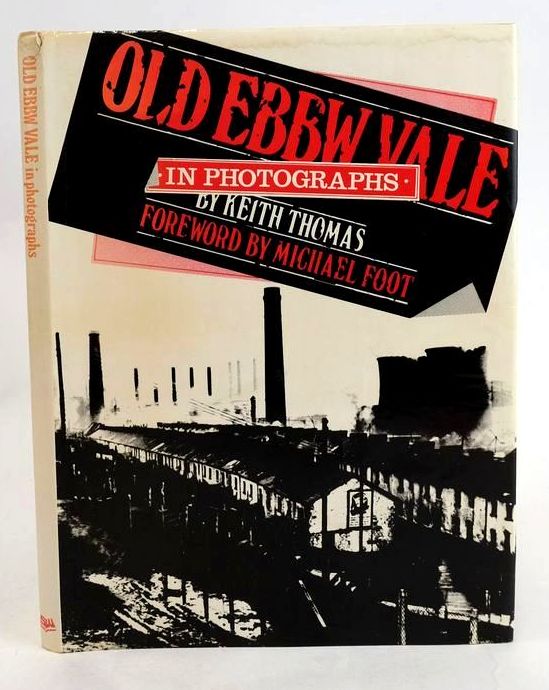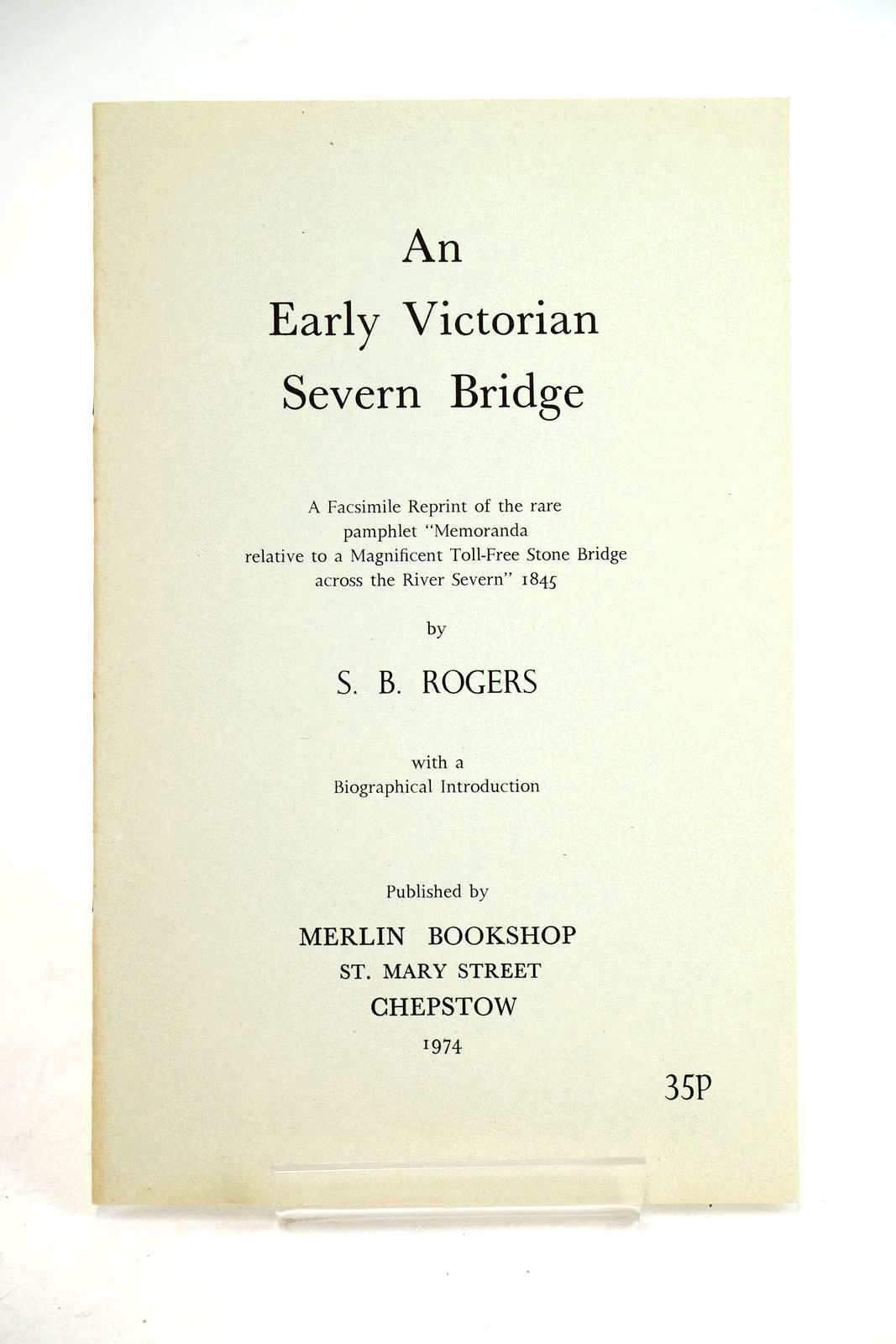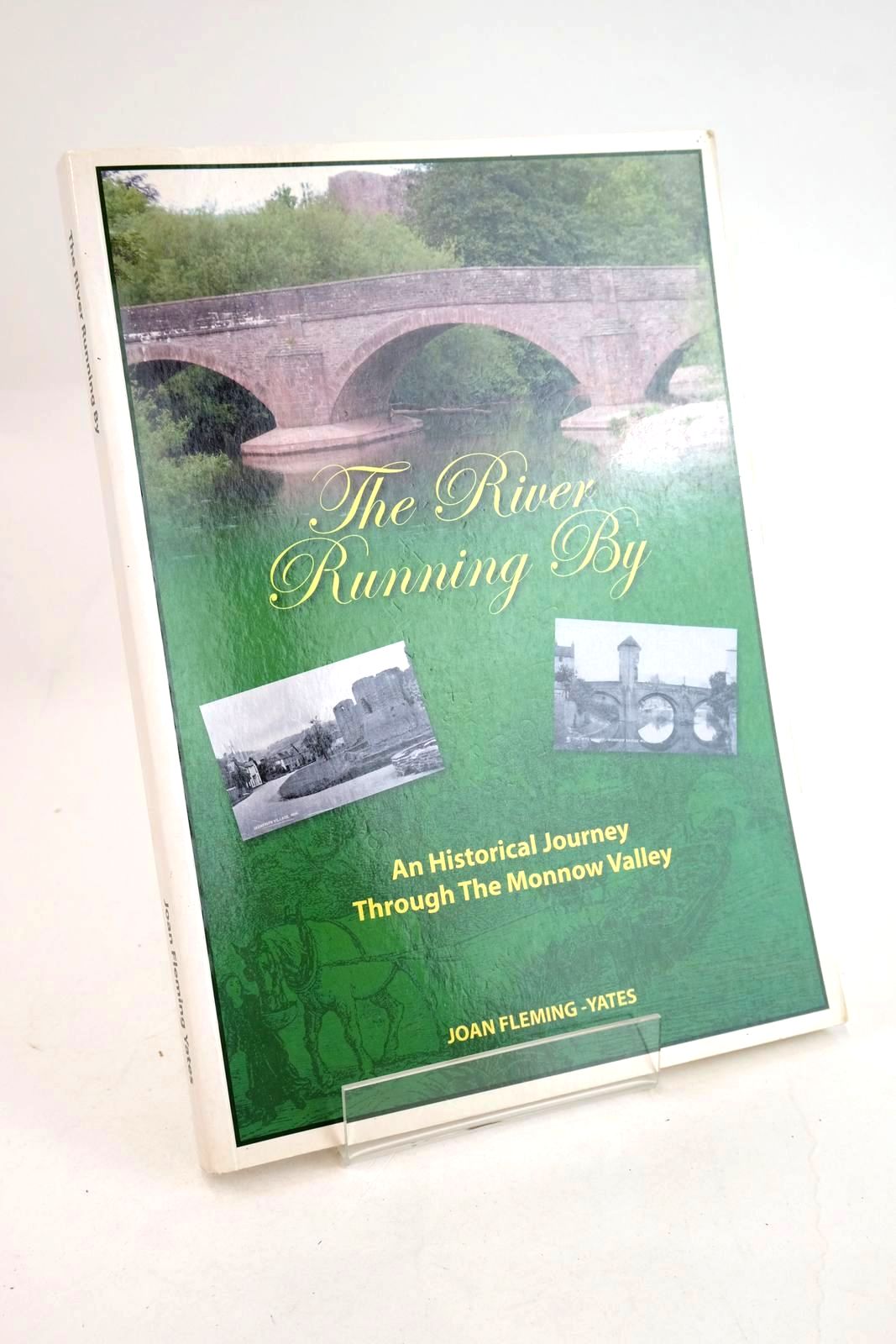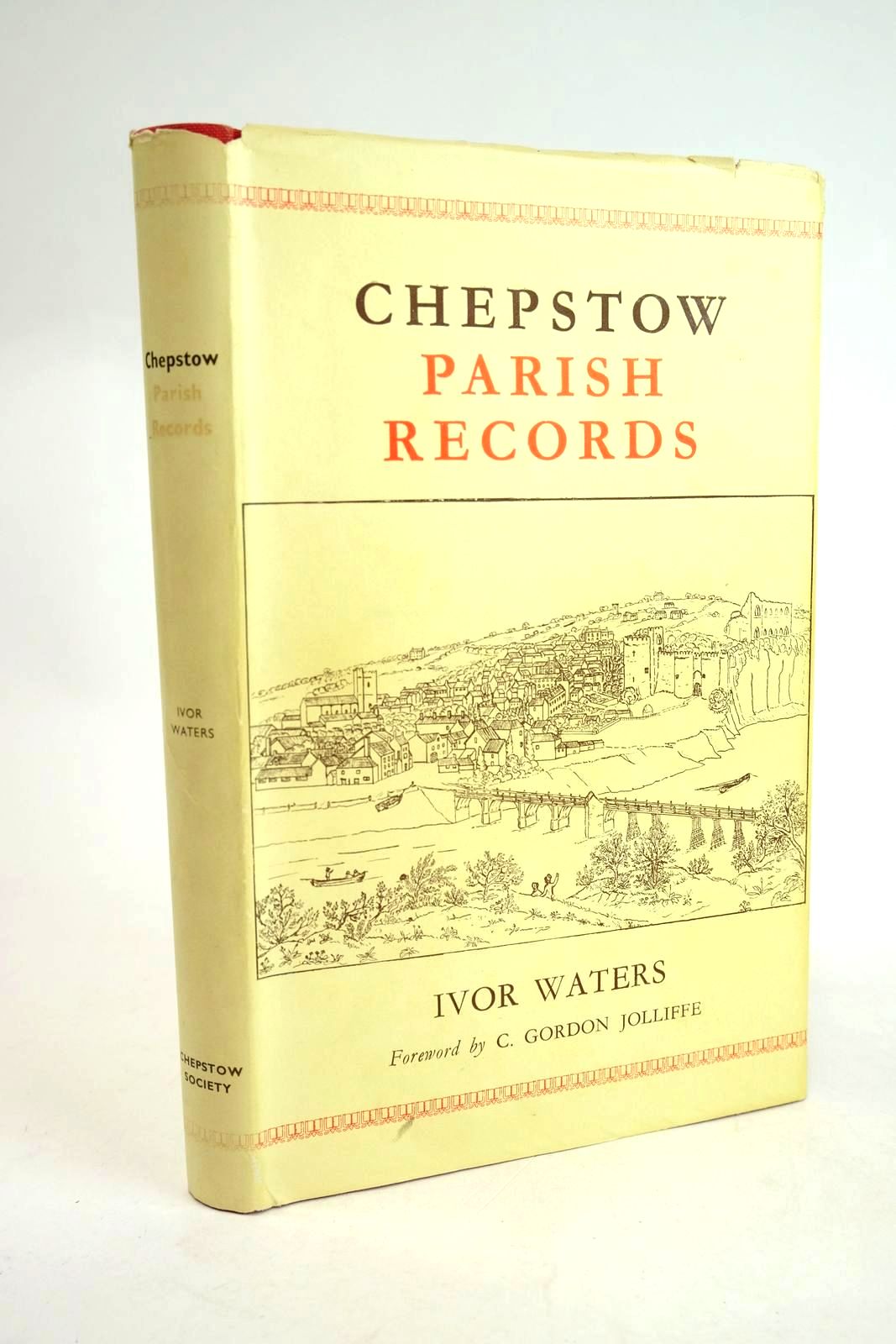Tintern Abbey
A Tale of Two Abbeys
We all know Tintern Abbey is in the Wye Valley and is the only one. Well, apparently not.
A random question from one of our customers got me doing a bit of research and I was surprised to find out that there is another Tintern Abbey. I thought I would do a bit more digging and find out about the monks and how they lived along with the history of the abbeys.
Tintern
Tintern was founded in 1131 by Walter fitz Richard (d. 1138), the Anglo-Norman lord of Chepstow, and a member of the powerful family of Clare. Walter of Clare was also related by marriage to Bishop William of Winchester, who had introduced the first colony of White Monks to Waverley in 1128. Tintern was the first Cistercian house to be founded in Wales and the second in the British Isles after Waverley.
Tintern Abbey was colonized by Cistercian monks who came from L’Aumon (Loir-et-Cher) in the diocese of Blois in France. The monks are members of a Roman Catholic monastic order that was founded in 1098 and named after the original establishment at Citeaux (Latin: Cistercian), a locality in Burgundy, near Dijon in France. L’ Aumon was a daughter house of Citeaux and Tintern was therefore linked as a granddaughter to the original Citeaux. The community grew quickly and by 1139, had sufficient numbers to send out a colony to Kingswood in Gloucestershire.
The monks were happy to make do with timber buildings at first, followed later by a simple stone church and cloisters. But then, thanks to the patronage of wealthy Marcher lords, the white-robed monks began to think bigger. In 1269 they began to build a new abbey church and didn’t stop until they’d created one of the masterpieces of British Gothic architecture. The great west front with its seven-lancet window and the soaring arches of the nave are still very impressive today.
The abbey buildings appear to have been large enough for a community of some twenty monks and perhaps fifty lay brothers. The monastery was endowed with lands and possessions on both sides of the river Wye and by the late thirteenth century the monks at Tintern were farming well over 3000 acres of arable land on the Welsh side of the Wye and kept some 3000 sheep on their pasture lands.
In 1245 the lordship of Chepstow passed to the Bigod family. Roger Bigod III, Earl of Norfolk (1270-1306), took a keen interest in the abbey and in 1301-2 he granted the abbey his Norfolk manor of Acle. This proved to be a valuable asset and by the sixteenth century it accounted for a quarter of the abbey's income. So grateful were the monks to their powerful patron Roger Bigod that they were still handing out alms on his behalf in 1535. But by then King Henry VIII’s English Reformation was well underway.
Only a year later Tintern surrendered in the first round of the dissolution of the monasteries. The net annual income of the abbey was valued at £192, which made Tintern the wealthiest abbey in Wales at the time. But under the first Act of Suppression (1536) all houses under an annual income of £200 were dissolved - and the great abbey began slowly to turn into a majestic ruin. The site was granted to Henry Somerset, the earl of Worcester (d.1549), who was the patron of the house at the time. He stripped the buildings of their roofs for lead and, at some point during the following century, several of the monastic buildings may have been converted into dwelling houses.
During the eighteenth century the Abbey became a popular tourist attraction. The Duke of Beaufort, who owned the site, was passionate about the heritage left to him and set about preserving the abbey as the perfect gothic ruin. The abbey became popular with the ‘Romantic’ tourists and those that read Reverend William Gilpin’s bestselling guidebook in 1782 flocked to the area. J.M.W. Turner made pencil sketches of Tintern and William Wordsworth wrote his famous poem, ‘Lines Composed a Few Miles above Tintern Abbey’.
In 1901 the site was recognized as a monument of national importance and the property was sold to the Crown. A restoration programme was set in motion which was completed circa 1928.
Tintern Parva
The other Tintern Abbey came about in 1189. William Marshal, Earl of Pembroke and known to history as The Greatest knight in Christendom, became lord of Chepstow and patron of Tintern. Earl William was also lord of Leinster in south-east Ireland and, during a storm at sea off Ireland, he promised God that he would establish a new monastery on these lands if he was saved from shipwreck. Thus, Tintern sent out her second and final colony to establish the abbey of Tintern Parva (Little Tintern) on William's lands in Ireland (1201- 1203).
The Cistercians here followed the three-year crop rotation system, introduced new animal breeds and were arguably the first to introduce gothic architecture to Ireland. The monks regularly diverted rivers to provide water for use in the abbey and for sanitation and pushed the known boundaries of engineering practices. The hallmark of Cistercian church building is a simplicity that is a thing of beauty. All Cistercian monasteries were dedicated to St Mary and a Lady Chapel was often incorporated into the building. The Lady Chapel at Tintern is a three-bay structure with some beautiful features on the ribbed and groined ceiling.
The difference between Tintern Abbey in Wales and that in Ireland is that the Irish monastery was suppressed by King Henry VIII in 1536 and the church, cloister and associated buildings along with extensive lands ultimately passed into the hands of Sir Anthony Colclough who turned the monastery into a private dwelling. The abbey was occupied from this time right up to 1982 when the last in line Lucie died in Saltmills village. Anthony was knighted by Queen Elizabeth I in 1581 and following his death was interred in the small church situated near to the battlemented bridge, just a short stroll from the abbey and accessible to visitors today.
In 1624 the lands became divided along religious lines between the Protestant and Catholic branches of the family and for almost a century the abbey and lands were passed through complicated lines of inheritance as owners died without issue.
The eighteenth-century story of Tintern is dominated by the legendary Great Caesar. Renowned as an outstanding sportsman and athlete and a magnanimous landlord beloved by his people. Caesar inherited the Duffry lands at sixteen years of age and the Tintern lands followed some years later.
After the death of Great Caesar, the lands were again divided along religious lines. This was a turbulent time but building work such as a flour mill was carried out. This, however, burnt down accidentally in the late 1800s
In addition to constructing a limekiln and a brick manufacturing industry, the village of Tintern was established which was later relocated in about 1812 to Saltmills where it still is today. External improvements made at the old abbey are still plain to see. The nave was transformed into a commodious residence. The Lady Chapel was converted into the family kitchen and the large room above was used as the family library. A massive gothic window was inserted in the west end of the room and in recent years extensive conservation works were carried out on this window by the National Monuments team. The window was reinstated in 2011 and has become a much-admired feature of the present abbey.
The last in line, Lucie Marie, inherited Tintern in 1912 and continued to live in the old abbey but times had changed, the finances had run dry, and, by 1959 the vast majority of the land had been sold to the Land Commission. Having lived in the family residence for 70 years, the decision was taken to move to nearby Saltmills, the village founded by her ancestor. In 1983 Lucie Marie Biddulph Colclough, known for her quiet compassion, her music and her interest in her Church, died in Ely House, Wexford.
Today the area surrounding Tintern Abbey is a haven for wildlife, an amenity for recreation and a space for quiet contemplation. The restoration of the walled garden is progressing, and the original layout of the garden has been reinstated as it was in 1838.
And Citeaux Abbey where it all started is still a community belonging to the Order of Cistercians of Strict Observance. It has also had a turbulent past but there are now about 30 brothers faithful to the tradition of manual work, and silence. The monks produce the popular Citeaux cheese as well as honey, sweets and caramels which are sold to the public.
Referenced websites with much more information:
Encyclopedia Britannica
Heritage Ireland
Cadw
National Archives
Burgundy Tourism
Abbey Walks
Contributed by Bernice
(Published on 1st Feb 2025)


